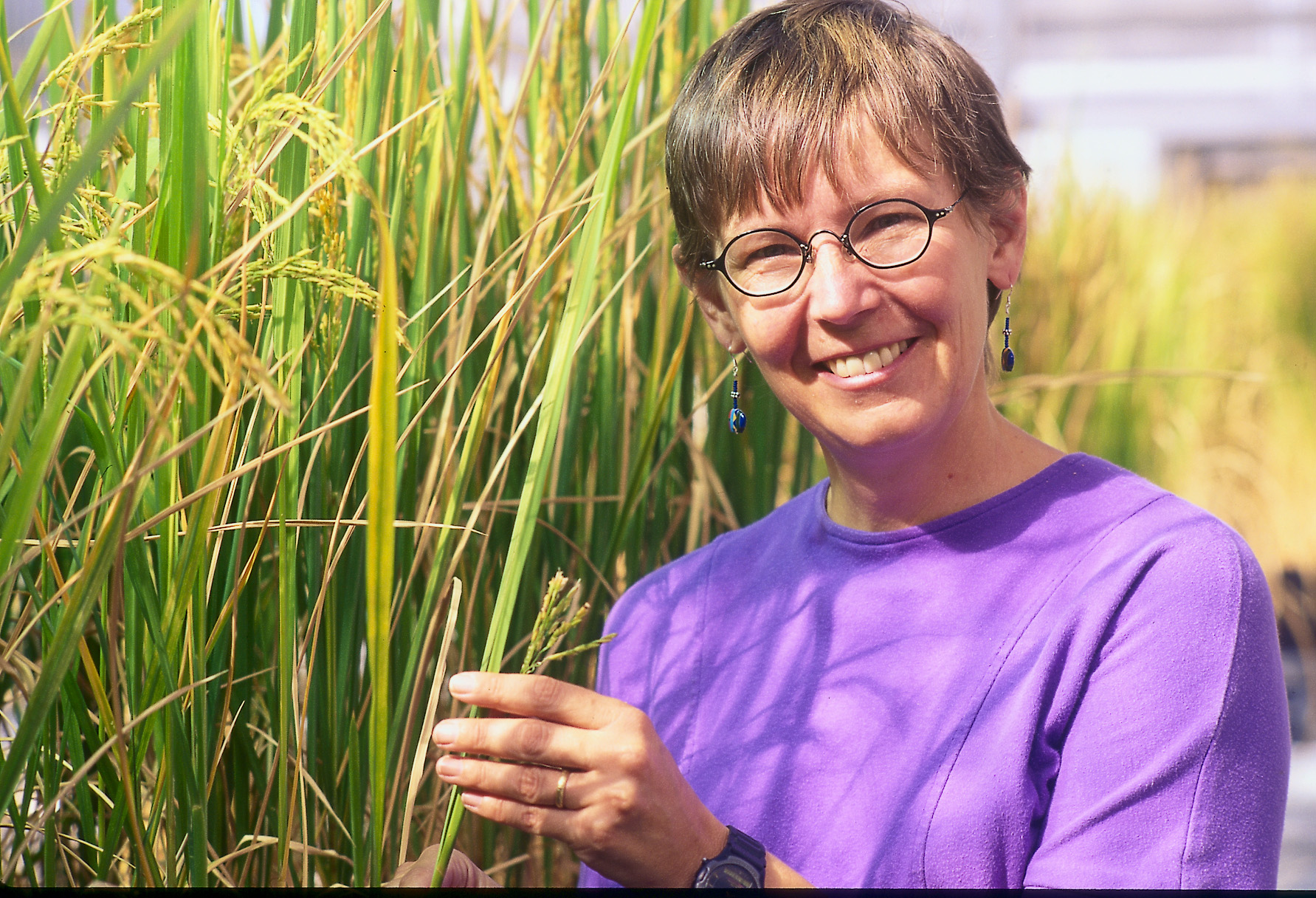
FAYETTEVILLE, Ark. — A University of Arkansas researcher will spend a year in Corvallis, Ore., examining the potential for gene flow from genetically modified crops into weed populations.
Cindy Sagers, associate professor of biological sciences, has received a research associateship from the Natural Research Council to study gene flow in genetically modified canola at an Environmental Protection Agency laboratory in Corvallis for one year.
“We’re interested in the behavior of these hybrids,” said Sagers. “We want to know if we are creating more aggressive weeds.”
Canola, which is used to make canola oil among other products, is a member of the mustard family and is a wind and insect pollinator, which means that farmers cannot entirely control the reproduction of these plants. Sometimes the pollen finds a weed plant that will allow cross-pollination, and if the pollen comes from a genetically modified crop, then the modified genes will end up in nature, possibly creating unintended consequences.
Sagers will be working with a group of molecular biologists and ecologists who will conduct greenhouse experiments. They will use a marker protein that fluoresces green, which can be tracked as different plants breed with one another. In addition, they will be studying the movement of genes not yet approved for use in canola crops, including those that help the plant resist the effect of herbicides and pesticides.
Sagers has studied the risk of modified genes from rice plants escaping into naturalized red rice populations. Red rice is already a leading weed pest of rice in the United States, and the concern is that introduced genes will make it a more serious threat to crops. Although genetically modified rice has not yet been released for commercial use in the United States, it has been released for commercial use in China. Scientists have introduced about 40 novel rice genes to the commercial rice genome, with characteristics ranging from RoundupT resistance to specific beetle or pathogen resistance. However, little to nothing is known about what might happen to weeds capable of cross breeding with rice if these genes are introduced into rice crops.
“We need to be cautious about releasing modified genes into nature,” Sagers said.
The major crops of current concern include canola, sorghum, rice and radishes because close relatives, and in some cases the same species, grow nearby. But questions still remain about genetically modified corn, cotton and soybean crops that have been released, Sagers said.
“We want to discover what kinds of things could cause these genes to escape into nature,” Sagers said. “Once a genetic modification escapes cultivation, it’s beyond control.”
In small, inbred plant populations, novel genes can become a characteristic of the plant quickly. This could mean that the genes might end up in undesirable places, Sagers said.
Contacts
Cindy Sagers, associate professor, biological sciences, Fulbright College of Arts and Sciences, (479) 575-6349, csagers@uark.edu
Melissa Lutz Blouin, managing editor, science and research communications, University Relations, (479) 575-5555, blouin@uark.edu